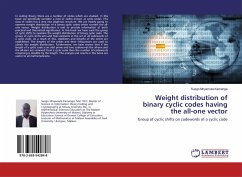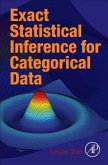In mathematics, a binary relation on a set A is a collection of ordered pairs of elements of A. In other words, it is a subset of the Cartesian product A2 = A × A. More generally, a binary relation between two sets A and B is a subset of A × B. The terms dyadic relation and 2-place relation are synonyms for binary relations. An example is the "divides" relation between the set of prime numbers P and the set of integers Z, in which every prime p is associated with every integer z that is a multiple of p (and not with any integer which is not a multiple of p). In this relation, for instance, the prime 2 is associated with numbers that include 4, 0, 6, 10, but not 1 or 9; and the prime 3 is associated with numbers that include 0, 6, and 9, but not 4 or 13. Binary relations are used in many branches of mathematics to model concepts like "is greater than", "is equal to", and "divides" in arithmetic, "is congruent to" in geometry, "is adjacent to" in graph theory, "is orthogonal to" in linear algebra and many more. The concept of function is defined as a special kind of binary relation. Binary relations are also heavily used in computer science.
Bitte wählen Sie Ihr Anliegen aus.
Rechnungen
Retourenschein anfordern
Bestellstatus
Storno








